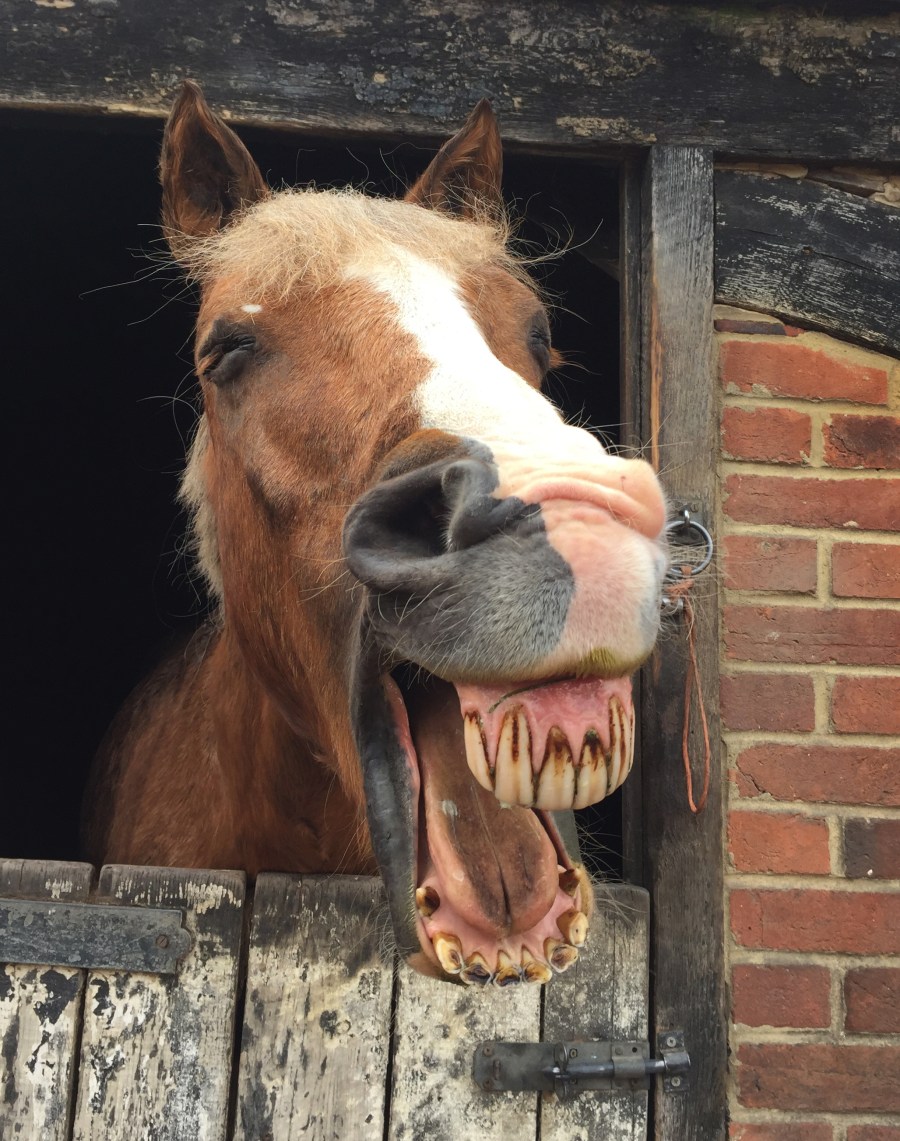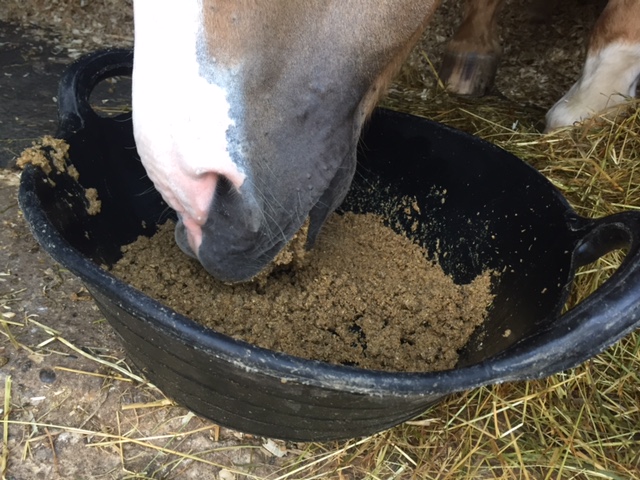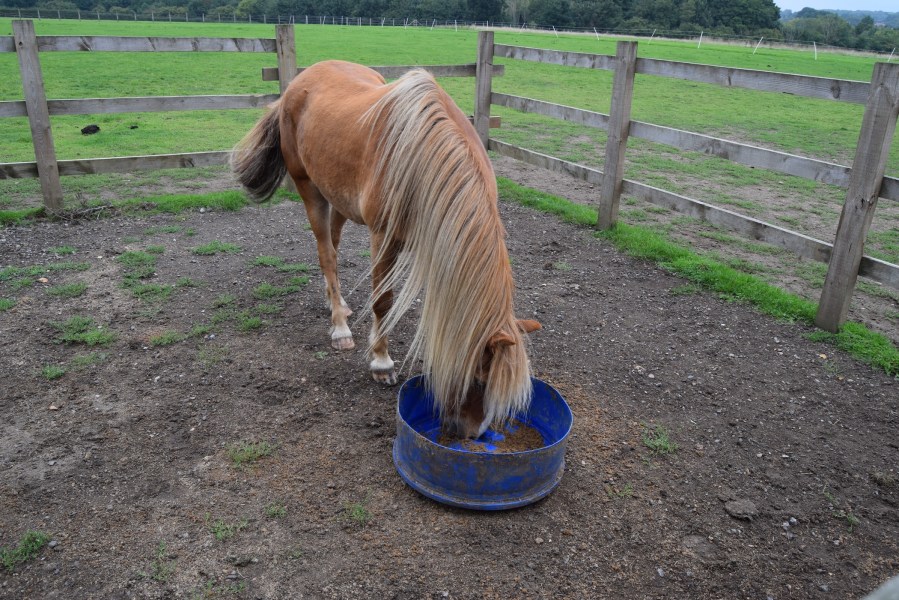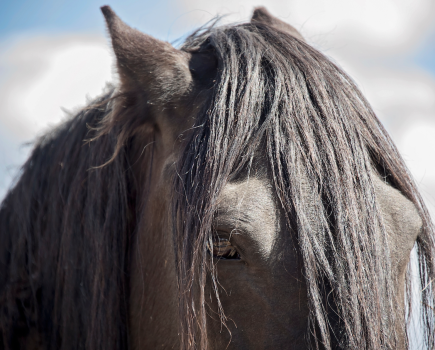Advertisement feature
The saying ‘horses survive as long as their teeth’ is certainly true in the wild. However, in a domestic setting, modern feeds now offer great solutions to enable many senior horses to live longer and happier lives.
As they get get older, horses may need more frequent dental checks. In between visits from a qualified equine dental technician or vet, look out for signs of pain or difficulty chewing. These include:
- Weight loss
- Quidding (dropping feed from the mouth)
- Digestive issues such as colic, choke, and loose droppings
- Reluctance or refusal to eat or eating more slowly
- Bad breath
- Obvious pain or discomfort when eating or always chewing on one side
- Facial swellings
- Long fibre, whole cereal grains or partially undigested feed in droppings
- Reluctance to accept the bit and/or changes in ridden behaviour
Dental problems are one of the main causes of weight loss in older horses and can lead to choke, loose droppings and colic.
While some issues can be treated, management of those which can’t often involves replacing some or all of their long fibre (hay, haylage and grazing) with a suitable hay replacer.
Hay replacers help to ensure horses with poor teeth continue to get the calories and fibre they need to thrive.

Choosing a hay replacer
When considering a hay replacer for your senior horse, bear in mind the following advice:
- Include some short-chopped fibre or ‘chaff’ to help increase/maintain chewing time if possible.
- Short chopped fibres are often unsuitable for horses with diastemas (gaps between the teeth). Check with your horse’s vet or equine dental technician if needed.
- Horses and ponies with very poor teeth may need 100% of their diet replaced with a mash. This could be 11-12kg of hay replacer per day (unsoaked weight) for a 500kg horse — sometimes more!
- Choose feeds low in sugar and starch, especially for those equines at risk of laminitis.
- Avoid grass-based products for laminitics, as they may be high in water soluble carbohydrates (WSC) or ‘sugar’.
- Many cubes can be soaked to make them easier to eat, but not all chaffs, fibre cubes and mashes are suitable to be fed as hay replacers, so do your research.
- Always read the feeding instructions carefully and contact the manufacturer or an equine nutrition specialist if you need advice.

Feeding a hay replacer
If you do start feeding a hay replacer, here is some practical advice to follow:
- Introduce hay replacers gradually.
- Practically, 1kg (dry weight) of a hay replacer can be used to replace 1kg of unsoaked hay.
- Weigh new feeds to get amounts right to start with. You should feed by weight, rather than volume.
- Ideally, divide hay replacers into at least four meals a day for those equines without grazing.
- Small, frequent meals help prevent long periods without food, especially for those prone to eating their hay replacers too quickly.
- If necessary, separate horses fed hay replacers from the herd to prevent bullying or ‘sharing’.
- Check whether your chosen hay replacer(s) contains added vitamins and minerals. If it doesn’t, you’ll need to add a balancer (or supplement).
- Avoid soaking feeds in advance. Make them as fresh as possible, especially in hot weather (quick soaking varieties are ideal in this situation).
Sensitive teeth
Finally, remember that a senior horse or pony may have sensitive teeth.
Like us, older horses may develop sensitive teeth and this can lead to them reducing the amount they drink if the water is very cold.
In this scenario, try adding hot water to buckets to take the chill off and use warm water to soak cubes and mashes.
For further information, check out the ‘Super Seniors’ section on the SPILLERS website.








